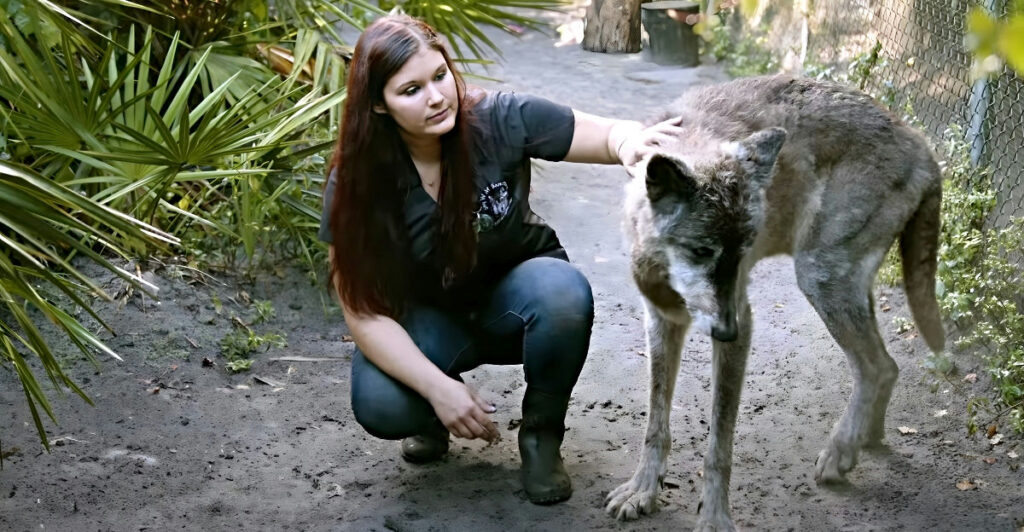
Dogs are known as humanity’s best friend, but their origins can be traced back to wolves. How did these wild predators evolve into loyal companions like chihuahuas and Labradors? While the question remains complex, researchers have developed two key hypotheses: selective breeding by humans or self-domestication by wolves. Biologists David Mech and Luc A. A. Janssens explored this debate in a 2021 study, offering a deeper understanding of the process.
Two Main Hypotheses
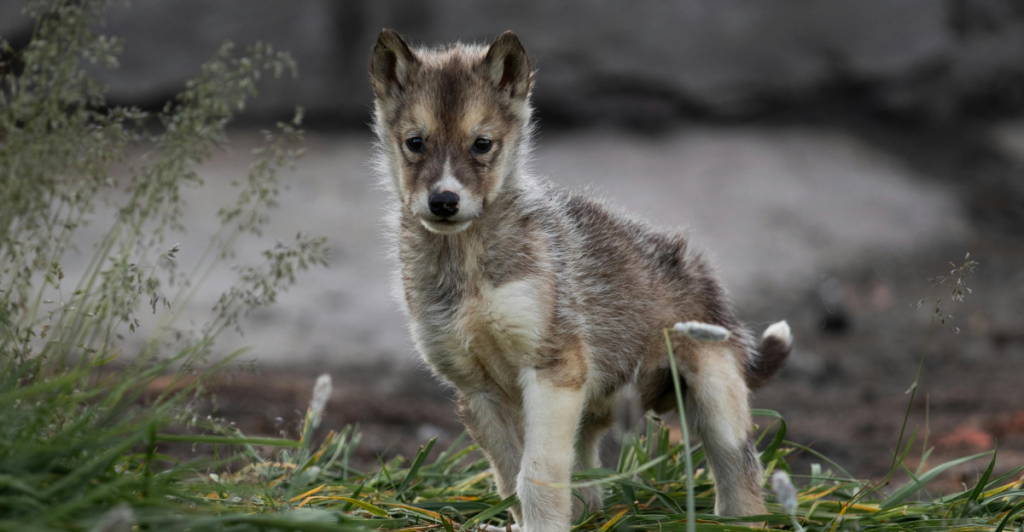
According to Mech and Janssens, two prominent theories explain dog domestication. The first suggests humans adopted wolf pups, raised them, and selectively bred them for desired traits. The second, self-domestication, proposes wolves tamed themselves by frequenting human camps for food. Mech and Janssens dismiss the self-domestication theory, favoring the first hypothesis.
Pup Adoption and Selective Breeding
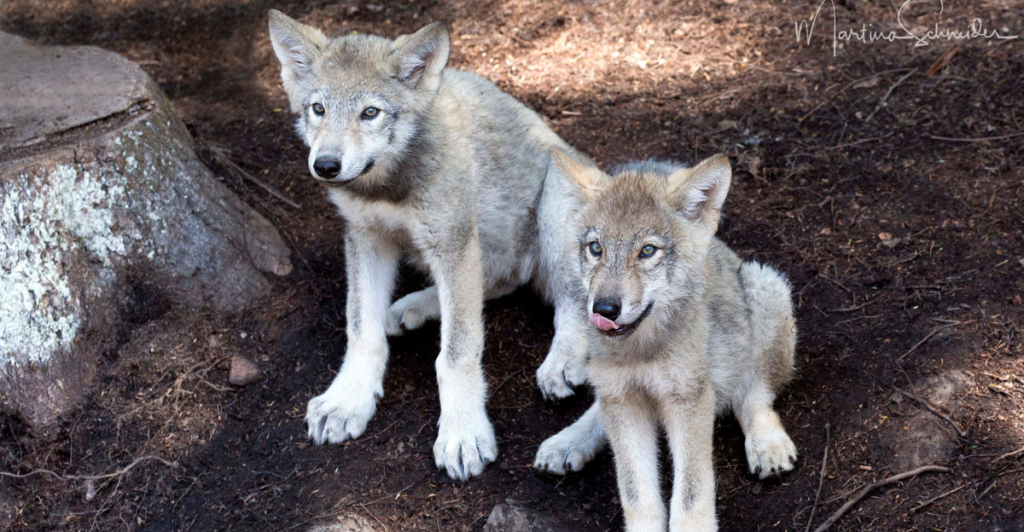
The favored hypothesis proposes that humans collected young wolf pups from dens. When fed and nurtured, wolf pups tamed easily and remained dependent on humans. Over time, the most docile and cooperative wolves were selectively bred, leading to progressively tamer generations.
Wolves and Human Interaction
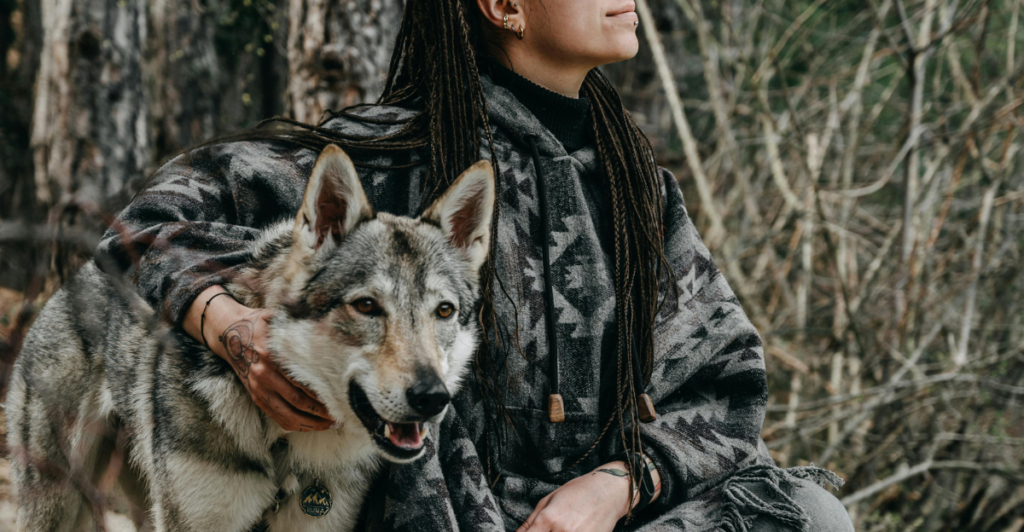
Research (Hall et al., 2015; Range et al., 2019) supports the idea that young wolves adapt well to human care. Wolves’ social nature allows them to bond with humans, who provide food and security. Scientists agree that this domestication process likely began 15,000-20,000 years ago, providing ample time for selective breeding to shape wolves into dogs.
Why Domesticate Wolves?
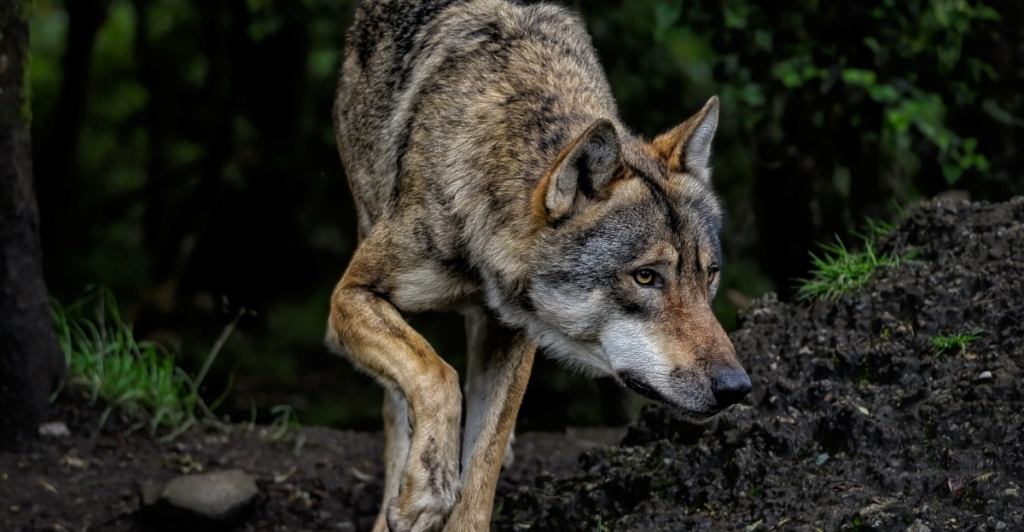
Why would early humans domesticate wolves? Mech and Janssens argue that wolves offered companionship and utility. Humans might have benefited from wolves as pets, hunting aides, guards, and scavengers. Wolves’ ability to clean settlement debris or even serve as food sources has also been considered.
Humans and Wolf Behavior
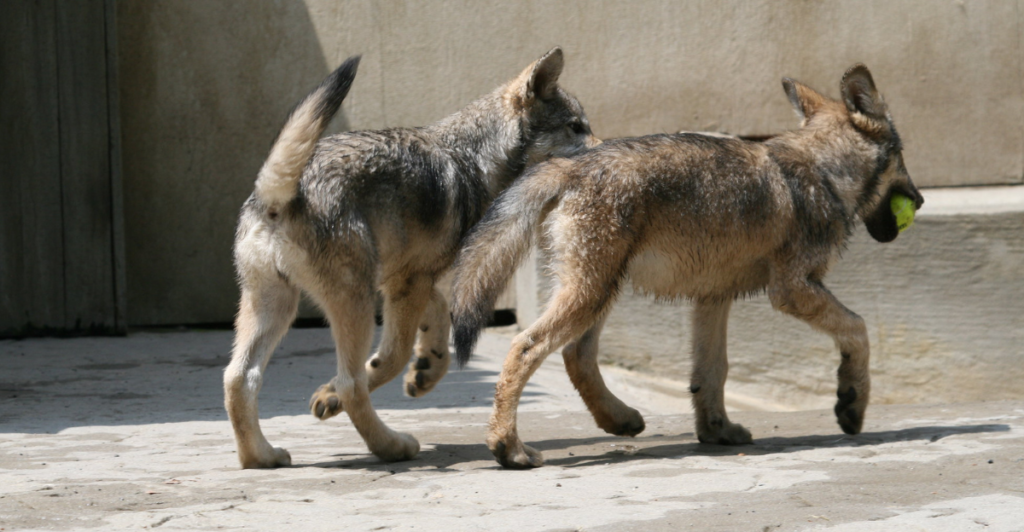
Mech and Janssens expanded on their hypothesis with a detailed process. First, humans adopted wolf pups and raised only the most docile ones. Over generations, humans fed the wolves, who remained nearby. Mature wolves bred, marked territories, and denned close to humans, leading to progressively tamer offspring.
Artificial Selection in Action
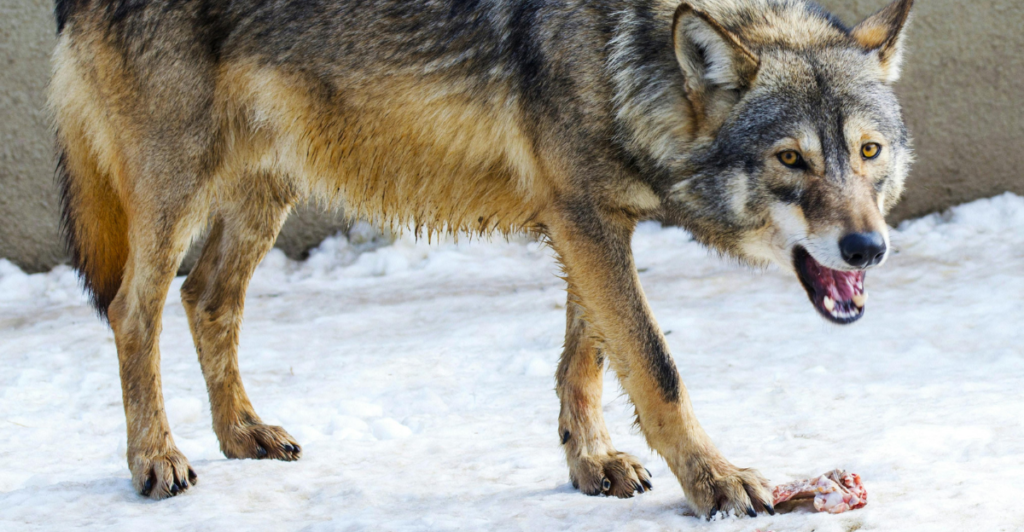
The key to this process was artificial selection. Humans regularly fed wolves and only kept those living peacefully without causing trouble. Over time, this human-driven selection created dogs that were tame, loyal, and reliant on humans for survival.
The Role of Wolf Traits
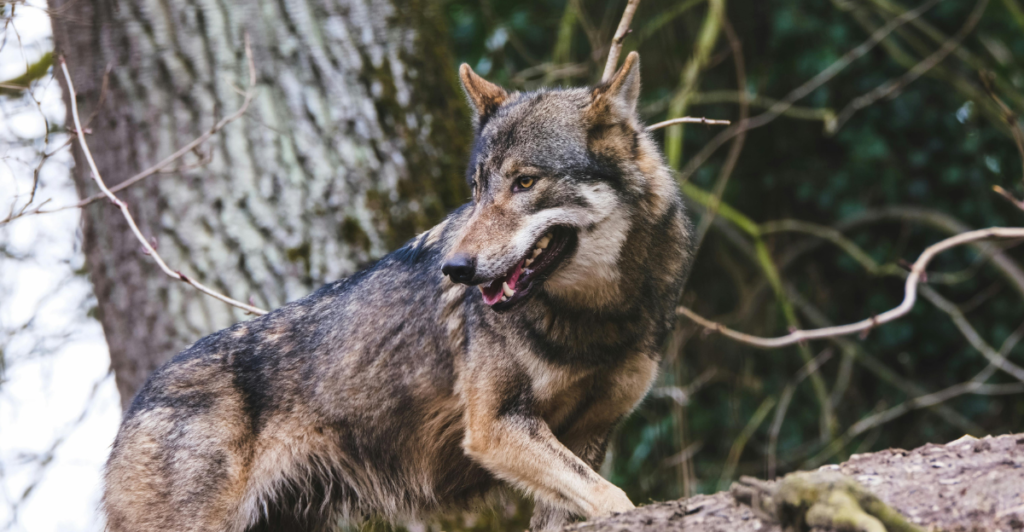
Wolves were uniquely suited for domestication. Mech and Janssens noted that their wide-ranging diet, social structure, adaptability, and inbreeding tolerance made them ideal candidates. Wolves also have excellent memory and varied personalities, which further contributed to their compatibility with humans.
Dogs: The First Domesticated Animal

Dogs hold the distinction of being the first domesticated animals. This bond between humans and wolves began tens of thousands of years ago, forming an enduring relationship that continues today. By selectively breeding wolves, humans shaped them into dogs for specific purposes.
The Self-Domestication Hypothesis
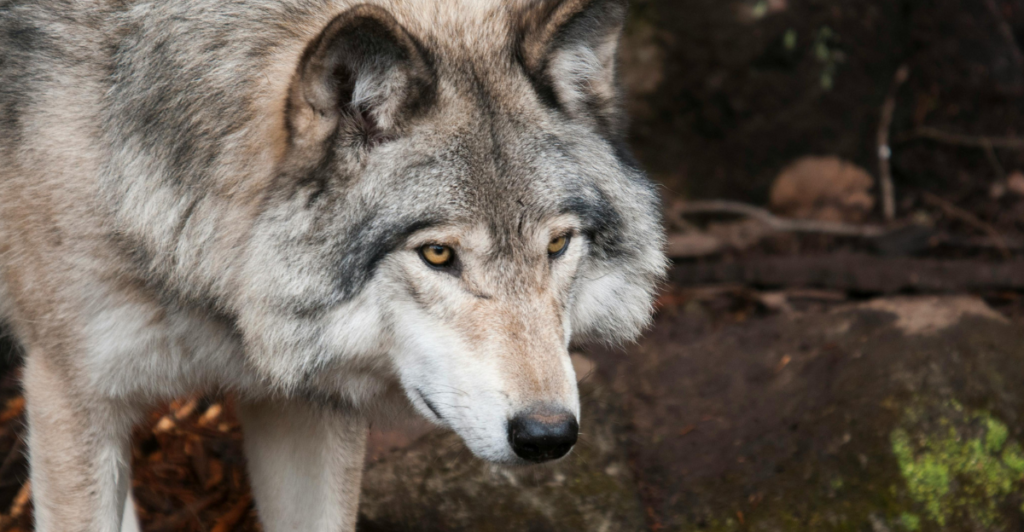
While Mech and Janssens favored the pup adoption theory, the self-domestication hypothesis has supporters. Researchers Greger Larson and Dorian Fuller explored this idea in their 2014 paper, The Evolution of Animal Domestication. They argued that certain wolf populations adapted naturally to living alongside humans.
Genetic and Ecological Differences
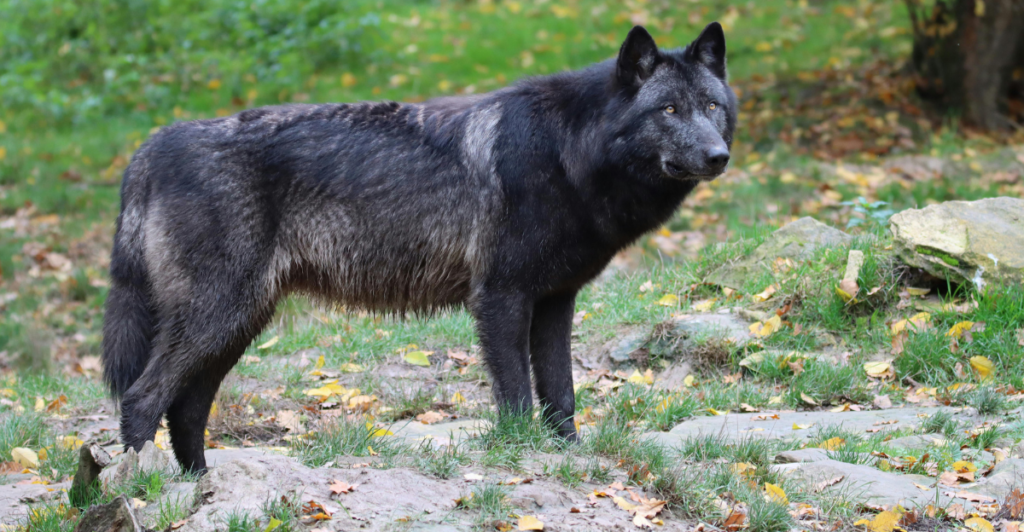
Larson and Fuller referenced studies showing significant differences in wolf populations based on habitat and prey. For example, wolves in North America varied genetically depending on whether they followed caribou or remained territorial. Similar differences were observed in Arctic foxes, which split into two ecotypes based on diet and behavior.
Adapting to Human Niches

These examples suggest a plausible scenario: some Pleistocene wolves adapted to human hunter-gatherer niches. By scavenging from camps, they may have developed traits that favored coexisting with humans. Over time, this natural divergence led to further domestication through human intervention.
A Remarkable Partnership
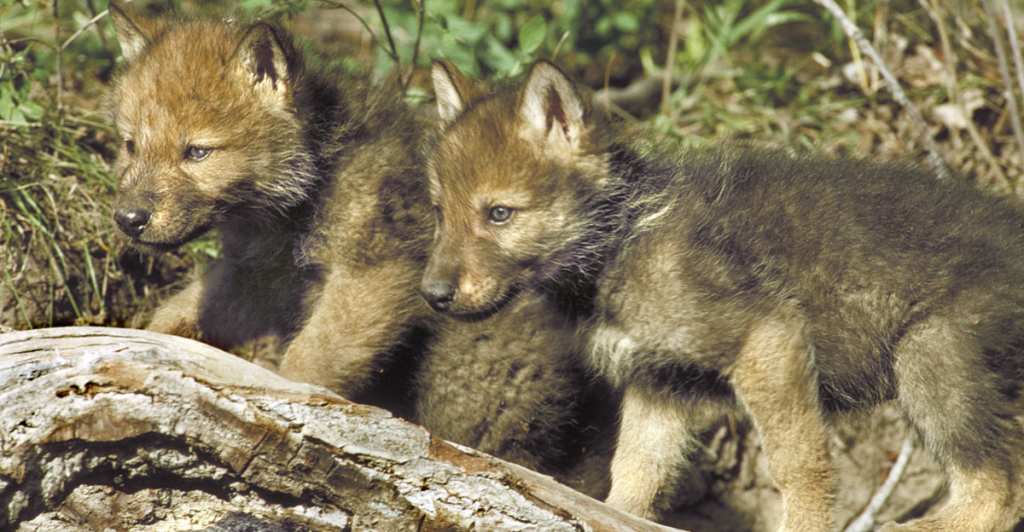
In their study, Mech and Janssens argued that the pup adoption and artificial selection hypothesis best explains dog domestication. While the self-domestication theory offers compelling examples, the human-driven process of raising and selectively breeding wolf pups aligns more closely with wolf ecology and behavior. Regardless of the method, the transformation of wolves into dogs marked the beginning of a remarkable partnership between humans and animals.
Stay connected with us for more stories like this! Follow us to get the latest updates or hit the Follow button at the top of this article, and let us know what you think by leaving your feedback below. We’d love to hear from you!







